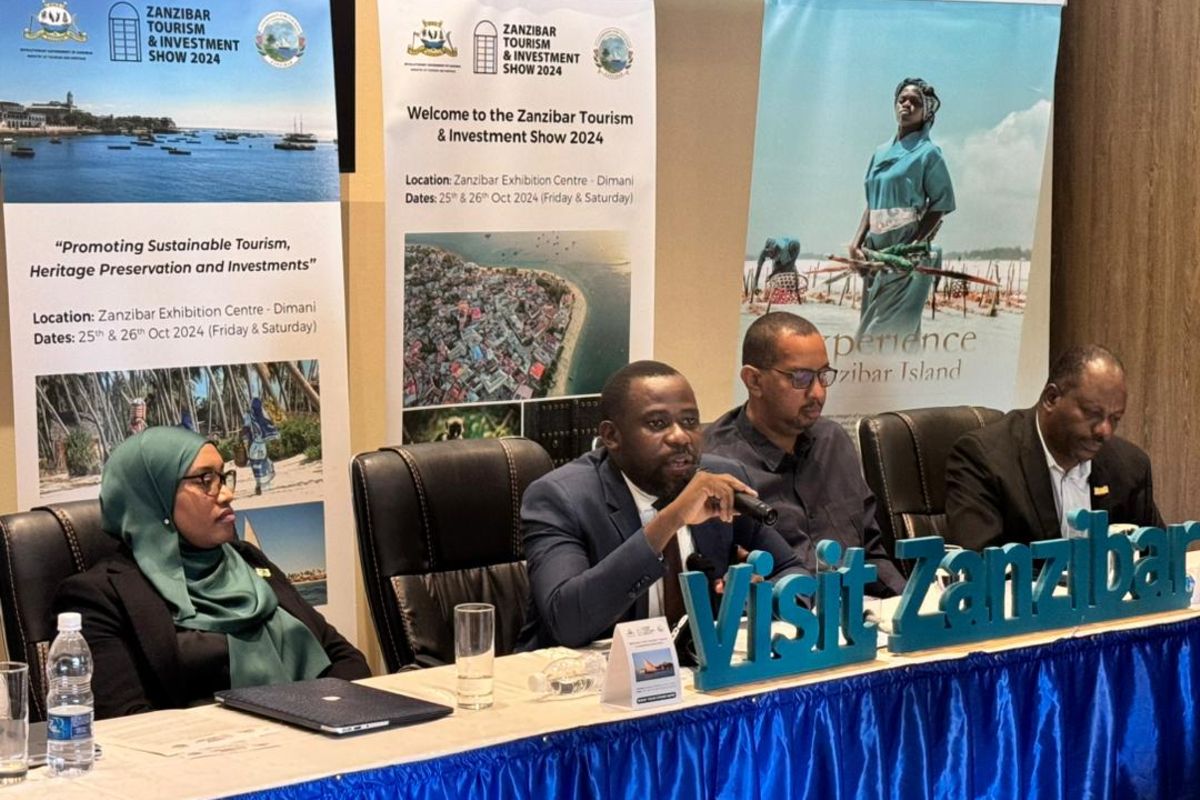Africa: Tanzania Wants Africa to Benefit From Fisheries

Tanzania Deputy Prime Minister and Minister of Energy, Dr. Doto Biteko, has called upon stakeholders in Africa’s fisheries sector to intensify their efforts in protecting fisheries resources in a bid to improve the sector’s contribution to the economy.
Daily News recently published an in-depth detailing how the sector was threatening fishermen and business people into bankruptcy.
Addressing the First Africa Small-Scale Fishers Meeting in Dar es Salaam that coincided with the 10th anniversary celebration of achievements in the fisheries sector, Dr. Biteko urged stakeholders to prioritize small-scale fishers to boost the sector. In Tanzania, he said the group accounts to approximately 95 percent for all fishing activities.
Official figures show Tanzania produces an average of 475,579 tons of fish that includes about 429,168 tons of fish coming from natural waters, contributing about 3.4 tril/-. This is nearly 1.9 percent of the annual contribution of the sector to the gross domestic product – GDP.
READ: PM demands report on illegal fishing activities
“Despite efforts in Tanzania and across Africa, the fisheries sector faces several challenges, including the impacts of climate change, limited stakeholder involvement in fisheries management, particularly women and youth, and post-harvest losses,” he said.
Minister of Livestock and Fisheries, Abdallah Ulega, expressed honor in Tanzania hosting the first Africa Small-Scale Fisheries Conference, originating from the International Year of Artisanal Fisheries and Aquaculture (IYAFA) celebrated in Rome, Italy, in March 2023.
“The aim of this conference is to give small-scale fishers a platform to voice their needs and improve the sector, ensuring their involvement in policy-making, legal frameworks, and strategic planning,” added Minister Ulega.
The conference themed, “A Decade of Progress: Envisioning the Future of Sustainable Small-Scale Fisheries,” celebrates ten years of implementing the Voluntary Guidelines for Securing Sustainable Small-Scale Fisheries.
The conference is expected to review the implementation of these guidelines and related policy and strategic frameworks for fisheries and aquaculture development in Africa.
Source: allafrica.com




















